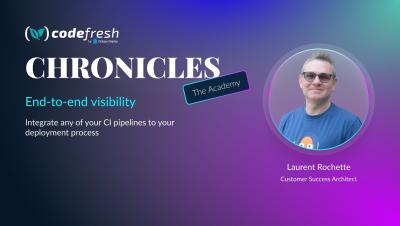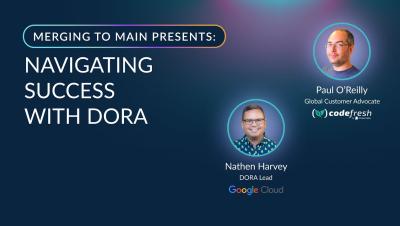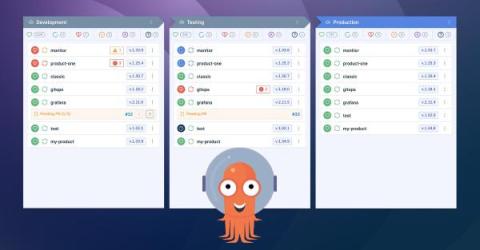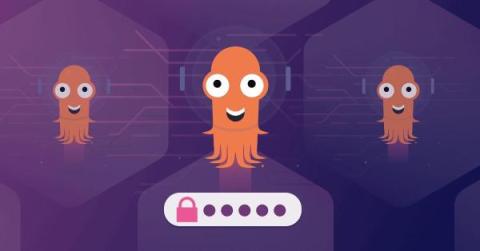Merging to Main: Why Community Engagement Matters with Paul O'Reilly, Tia Lush and Jay Tihema
In this webinar, we went live with Tia Lush with STEM Wana Trust and Jay Tihema with ii.nz. We had a discussion around why community involvement is important, what it looks like, what's successful, and why that engagement matters at all ages and levels from STEM to adult engineers.











